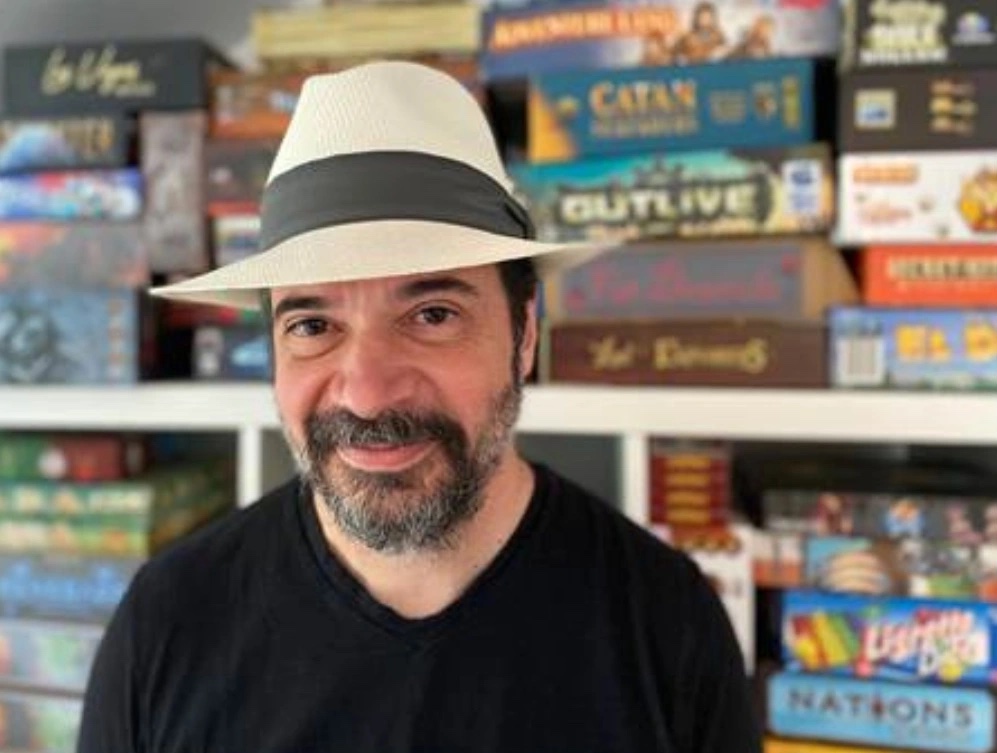
As the son of an architect, the great grandson of a president and the great nephew of an inventor, Richard Garfield may always have been destined to create new worlds for people to explore and thrive in.
Little did he realise, when he created the collectible card game Magic: The Gathering, that the title would go on to garner an estimated 35 million players worldwide, popularise the once-niche past-time and make Garfield the revered godfather of a fantasy card game genre that has now exploded in to the mainstream.
But Garfield is too humble to think this world is his own. And now he is betting on an upcoming digital card game, designed by some of his biggest Magic fans, to bring new innovations that can push the whole space forward once again.
Creating a giant
It is 1991 and a doctoral mathematics candidate at University of Pennsylvania is creating the future. Richard Garfield had been devising card games for almost a decade already, but none had yet picked up a publisher.
“I created games because I was driven to, not because I thought it would make a good living,” he recalls. “In fact, I was planning to be an academic because I thought that, despite how wonderful games are, it wasn’t a good place to stake your future.”
That was all to change when Peter Adkinson, a game publisher, bestowed upon Garfield the secret to making a popular game – give it a snappy playing pace and make it easy to transport. Garfield set about creating a game combining elements of his earlier prototypes, mixing the collecting and trading features of baseball cards with the fantasy aspects of role-playing games. He had invented the first collectible card game, Magic: The Gathering.
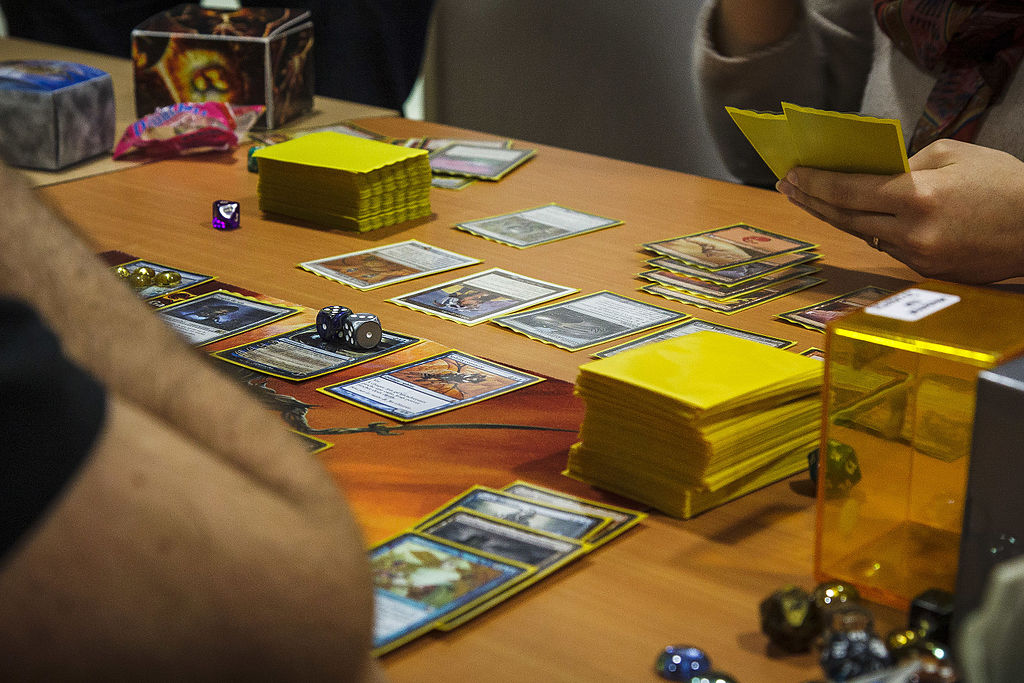
A game of magic Commander / EDH – Tourtefouille, 2014 (Creative Commons Attribution-Share Alike 4.0 International)
Published in 1993, Magic has gone on to reap awards, spawn digital versions, comic books, video games and numerous off-shoot editions to rapturous reception.
“It perpetually surprised me for years, and it still blows me away – I did not expect it to be the success it was,” Garfield says. “It was wonderful. It sort of changed my worldview. I love games, and it’s always been sort of a dream of mine that they have a stature something like literature, the movies or music do, because they seem to me as rich and compelling and creative as these other things.”
Digital Magic
That dream is no longer a fantasy. Digital collectible card games (CCGs) are forecast to generate $2 billion in global revenue by 2020, according to a SuperData forecast. Magic: The Gathering now has its own $10 million pro player prize pot. Once the preserve of campus nerds, fantasy games are big business.
“Not only is this hobby being accepted in both its forms, paper and digital, by the broad world, but, within that world, there’s a lot more overlap,” Garfield observes. “You’ll find digital players who will be interested in paper games, or with digital versions of paper games. And you’ll find people who are staunchly in the paper game world becoming more interested in what the digital world has to offer them.”
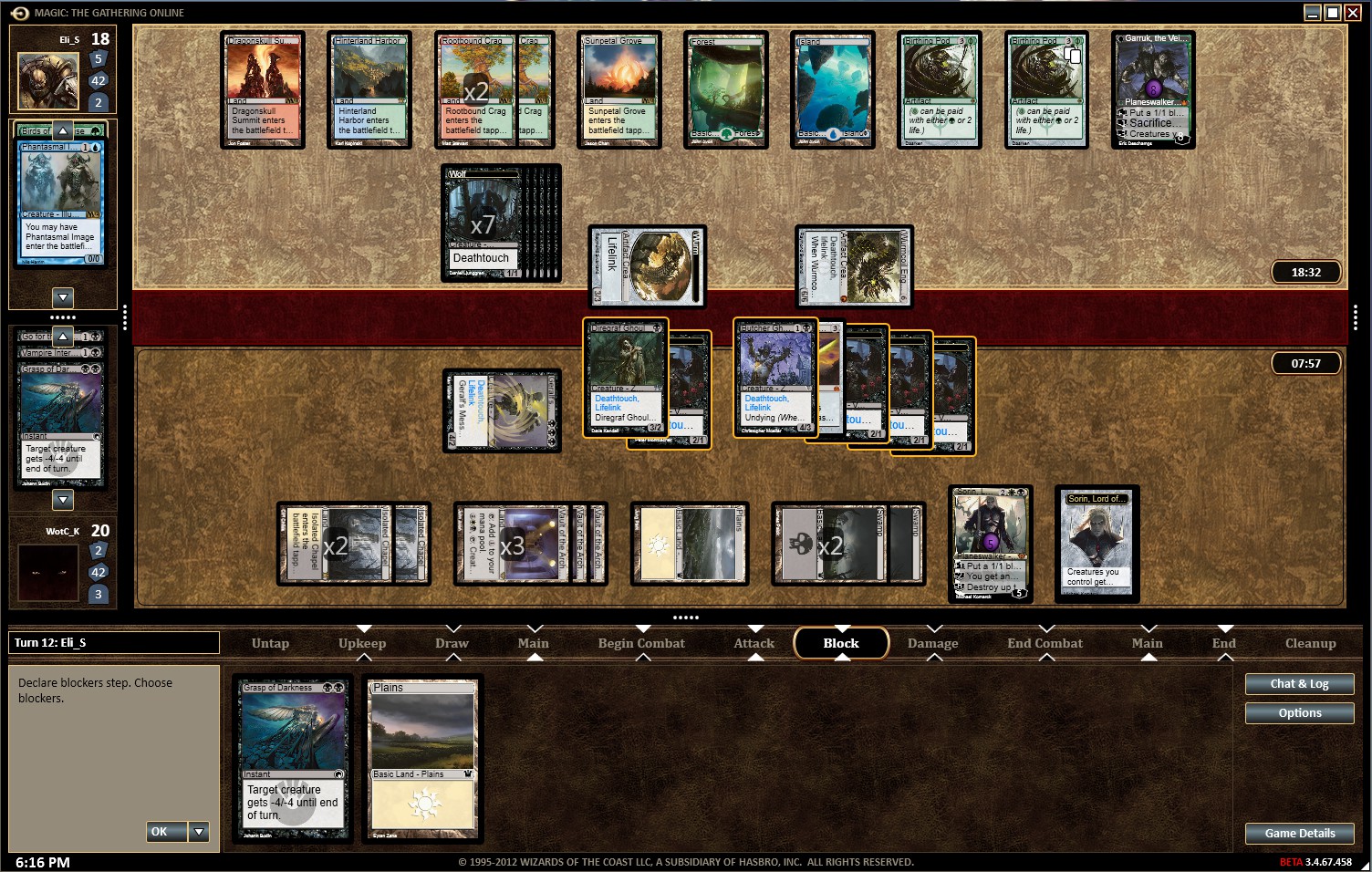
All of that has catapulted Garfield’s status within the growing community. But, these days, the creator has little to do with the world he seeded, only occasionally contacting the game’s publisher. If Magic is Garfield’s child, he is watching it walk boldly in to the future for itself.
“I think that’s a good analogy,” he says. “Very early, it became clear that Magic would benefit from having many, many points of view, not one. My love of games was not love of a particular game that I designed, but a love of games overall. So, I didn’t want to be eaten by this creation, and I also thought it was best for the creation if it found many voices, rather than just one.”
RPG innovation
Those voices have propelled the genre to new heights, with titles like Hearthstone and Slay The Spire adding new mechanics to the mix.
Where roguelike games – turn-based titles involving some degree of quest or challenge – were already gaining popularity, their fusion with card deck-building imperatives, digital gaming possibilities and distribution through channels like Steam has seen the emergence of a new super-genre – the digital roguelike deck-builder.
Slay The Spire and Faeria have been some of its leading exponents. The former, published by Mega Crit, has sold 1.5 million copies and is, Garfield says, “almost a perfectly designed game”. Faeria, developed by Abrakam, also caught his imagination: “I played it compulsively. It was one of those rare rare computer games that I had to stop playing because it was taking too much of my time.”
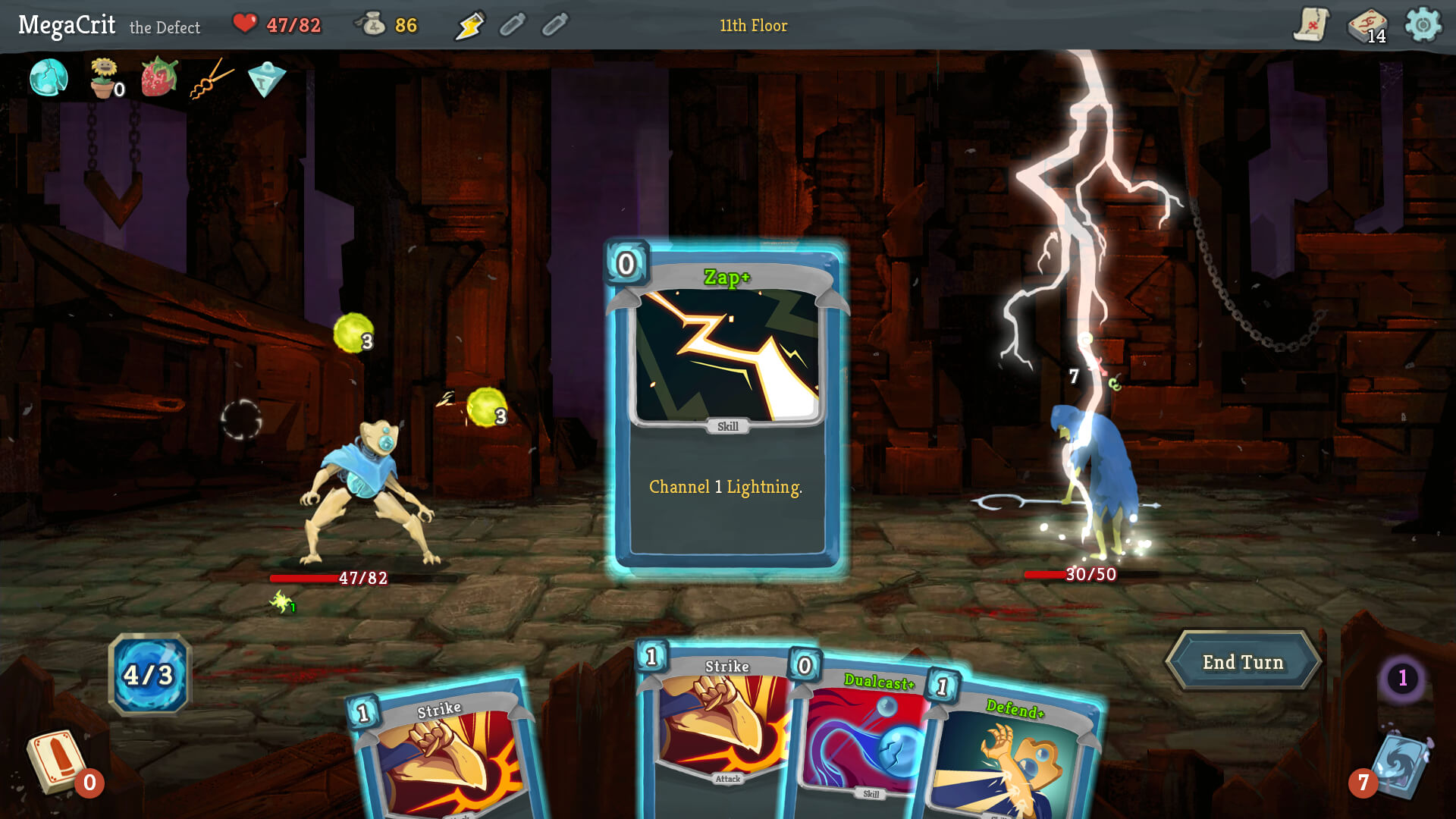
But self-effacing Garfield is a proponent of standing on the shoulders of giants, of innovating to take gaming in exciting new directions. In fact, there is no perfect game – only the new world that each new title opens up in front of it.
“The landscape is in a phase of rapid innovation,” he says. “When you play something like Slay The Spire, you become overwhelmed with the possibilities this genre has to offer. You feel a game like this is not the endpoint but instead you feel like the developer has planted a flag and there’s all this land in front left to explore.”
Faeria and the future
is the explorer aiming to discover that new land. Twenty years ago, Vilain of Liège, Belgium, was, like Richard Garfield, a teenage mathematics student at college – and on the cusp of becoming one of the first professional players of Magic: The Gathering, his obsession.

Such a career was not to transpire, but Vilain’s path mirrored Garfield’s in another way. Together with friend Martin Pierlot, the pair harboured a passion to create a classic game with endless replayability. Their side project, commenced in 2005, was to build a deeply strategic game inspired by Magic. Going all-in seven years later, the pair raised $94,008 through Kickstarter to form Abrakam and create Faeria, the “living” board game that has gone on to garner hundreds of thousands of players through Steam, Garfield amongst them.
“Faeria had paper games sensibilities and it offered something really new,” says Magic’s creator. “It didn’t feel like it was just a little tweak on the basic formula and then a game built around that but, rather, something where they had some new things to say.”
That is why Vilain’s next project could be the most awaited next chapter in the CCG story for years. For its next trick, the Abrakam studio – located nextdoor to the leafy University Of Liège campus where Vilain studied, alongside the River Meuse that flows for 200 kilometers to the North Sea – aims to improve on Slay The Spire, its many imitators and Abrakam’s own Faeria, all at the same time.
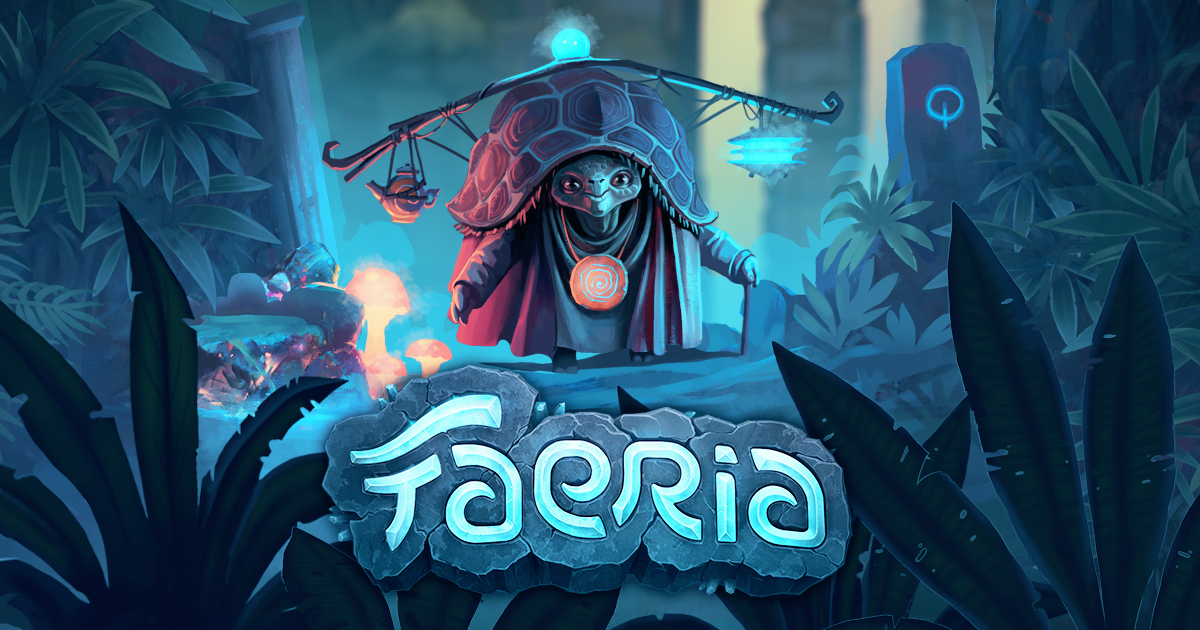
Going rogue
Roguebook is its name. As with Faeria, Vilain and the team have turned to Kickstarter to crowdfund the game’s next phase of development. And, also like its forebear, Roguebook aims to improve on games that have gone before it.
Garfield began advising the team early in 2019, after an email sent by his Belgian fan. He has been giving Abrakam “pie-in-the-sky ideas”, and is impressed by their response. “In talking with them, I’ve been really excited about some of their approaches,” he says. “There are different things you can do within this world – Slay isn’t doing them all, and certainly its follow-ons are not either.”
Roguebook’s key new offerings may not have been conceivable by Garfield the college student, working on paper-based games in the 1980s – dual-hero play, upgradeable cards, even larger decks and persistence across game sessions.

“One of their innovations is putting more position relevance into the game,” he says. “In Slay The Spire and most of its ilk, there’s one hero and it doesn’t really matter where they’re standing. In the simplest way possible, Abrakam are trying to change that and make it so that position does matter. In fact, your deck is a combination of two heroes’ decks which are put together. So, every time you play a card, it activates one of those heroes and whether it’s in the front or back matters.”
If a player can be plural, shouldn’t their cards be infinite? Many contemporary games use the idea of “gem socketing”, allowing cards to be upgraded with new capabilities. In Slay The Spire, for instance, a card can be either upgraded or not upgraded.
“The team here is talking about doing a much more elaborate upgrade system where you can put different gems on it and upgrade it in a method analogous to Diablo weapons, where the gem will do something particular to this card,” Garfield describes.
“This makes it so that the combinatorial possibilities of what a card has to offer within the deck is overwhelming. You look at a card and you say: ‘This works fairly well in my deck, but then if it had this gem, it would work even better. If it had this gem, it would do something completely different’. So I think what this brings to the table is possibly quite large.”
Such a mechanism could not only lead to greater longevity but also “something that’s a unique expression of you and your strategy”, Garfield thinks. “When you come up with a new game with new mechanics like that, that suddenly puts on the table all these different types of strategies you can follow that might not have been available before.”
The next generation
For Abrakam’s Vilain, such words are music to his ears. In 1995, two years after Magic: The Gathering was first published, the young Vilain read his first interview with Richard Garfield, in a French magazine called Lotus Noir, star-struck.
“Richard’s work has been greatly influential in my life,” he says. “Magic absorbed a lot of my time during my teens. Not only did it force me to think of games differently, it’s the reason I’ve met a lot of great people and could found a company around my passion.”

This is a role Garfield has played before – he says it is “gratifying” to have inspired a new generation of game designers to move the form forward. But Vilain is not just Garfield’s apprentice – the master of Magic says Abrakam itself understands game mechanics very deeply.
“Part of the appeal of Faeria was that, when you played it, it had mechanics that felt like they came from a board game and you felt like you understood the rules,” he says, adding that Abrakam’s ideas for ensuring players can build their decks later in games, not just whittle them down, will further add to player interest.
Exploring new lands
In the 1980s, the early pioneers of game design lacked platforms like Kickstarter, through which their successors can now acquire more than just funding – they can also build an expectant community, one which can feed back ideas to improve the product and can become a customer group on which a developer can depend.
Countless perfectly-playable game ideas foundered for appealing only to the narrowest segment of an already narrow section of society.
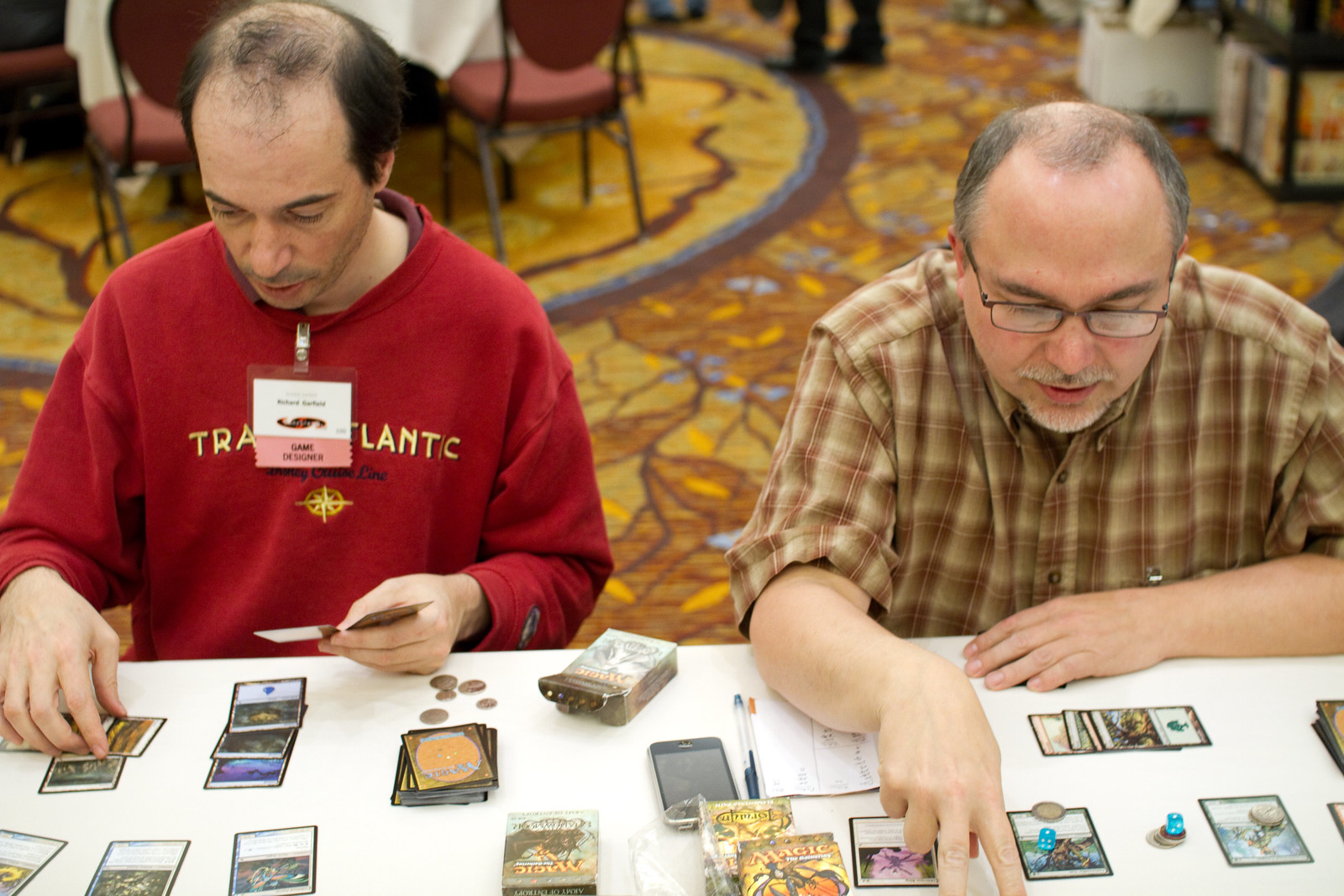
All that has changed. But Garfield can still empathise with how the Liège-based team is embarking on the Roguebook process. “It feels like you’re exploring a new land constantly, and that’s what I would anticipate they feel like,” he says, perhaps half-remembering the day he created his own new world.
“This team is really good at exploring those possibilities. That’s what they’ve shown me in the past with their games. They have managed to share their prototypes with me with great ease, and I’ve seen them improve them very quickly.
“Personally I’m quite excited. I think the genre has a lot of possibilities. In the hands of people who clearly understand paper games, I think you’re going to end up with a different and strong game which is going to be a new flag in this area.
“There’s a bunch of these sorts of games that have been fired off, and they’re all sort of fun, but they’re more disposable in general than Slay The Spire. I think that the one these guys are putting together is going to have more legs and that you’re going to want to play it a lot longer.
“It’s going to explore what the genre has to offer more thoroughly.”